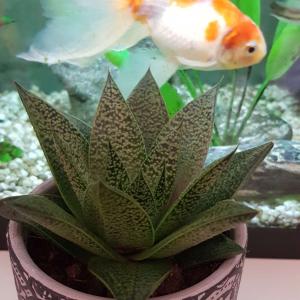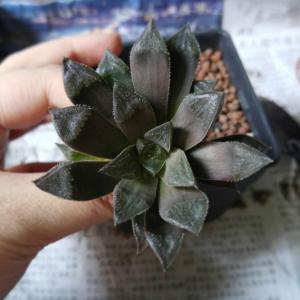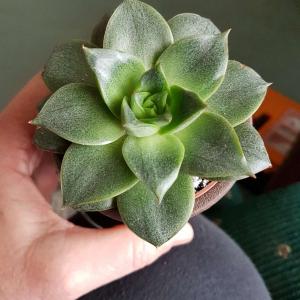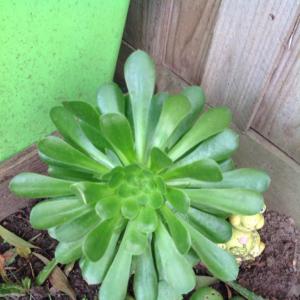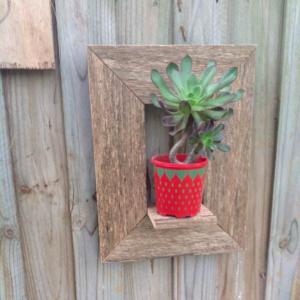成长记
xisquare
2017年08月28日

I new added a "Pachyphytum Compactum" in my "garden"


1
0
xisquare:@meriunkat Went to your garden and see.. It's a different kind. Your leaves looks flatter. ;)
xisquare:@meriunkat I googled the name you provided and looks nothing like mine. Maybe it's a different kind?
meriunkat:hmm I bought one of these and the name on it said Pachyveria Glauca..I'm confused now😯
Alan Shane Pereira:Beautiful
成长记
xisquare
2017年08月28日

I new added a "Pachyphytum Oviferum" in my "garden"
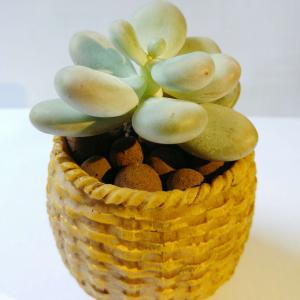

3
0
Ueca:This is very compact; nice job.
文章
Dummer. ゛☀
2017年08月28日

Drought prone areas and sites with low maintenance needs will benefit from the use of ornamental grass. One of the best series in recent introduction are the Lomandra grasses. The original grasses hail from Australia but have been developed in New Zealand to include numerous cultivars. Wintertime wet feet and dry summer conditions simulate the best Lomandra growing conditions. Best of all, the grasses can be cold hardy into USDA zones 7 to 11. As an excellent visual enhancement to the garden, Lomandra grass can’t be beat in most of our temperate to warm climates.
Lomandra Information
Nothing beats the sway and swish of ornamental grasses in the landscape. Not only are they acoustically appealing but their dimension and movement send visitors into a pleasant swoon. One of the nicest grasses for dry to wet landscapes is Lomandra. Its main attraction comes with Lomandra maintenance, which can swing from outright neglect to brutal shearing. More lush growth and a fuller plant will result from average watering and feeding, but the plant has an attractive natural aspect even when left to its own devices.
Exactly what is Lomandra grass? Lomandra is a native Australian grass that is also called basket grass or spiny-head mat-rush. Lomandra growing conditions vary from sandy to moist soils in swamps, mountains, creek banks, forests and open hillsides. Lomandra grass has a clumping habit with green, flat blades and a height and spread of about three feet.
Among the more interesting tidbits of Lomandra information is its traditional use by Aborigines to make nets and baskets, and one species was also used as a food. There are nearly 10 Lomandra grass varieties available on the market. Almost any of these would be suitable as ornamental specimens in the warm region garden. As an added bonus, caring for Lomandra grass is effortless and plants have few disease or insect problems.
Lomandra Varieties
The largest of the Lomandra is Katie Belles. It grows nicely in bright sun or dappled shade and produces prolific creamy white inflorescences. Lomandra ‘Katrina Deluxe’ has fragrant flowers and a compact habit while ‘Nyalla’ has blue foliage and yellow flowers. A totally different appearance is brought by Lomandra cylindrica ‘Lime Wave,’ which has chartreuse foliage and bright golden blooms. Lomandra ‘Tanika’ is known for its graceful, arching foliage. Dwarf Lomandra produces perfect tufts of green with orange-yellow inflorescences. There are many more varieties available, and this adaptable grass is being developed to extend hardiness.Caring for Lomandra Grass
Most of these grasses are suited to full sun or lightly shaded locations. The foliage color may change slightly depending upon the exposure to sunlight, but the health of the plant is not affected. Once established, the grass is tolerant of drought but for thick clumps of glossy foliage, occasional watering is an important part of Lomandra maintenance. f grasses get damaged due to frost, wind or time, simply cut them back to 6 to 8 inches from the ground and the foliage will spring back beautifully.
Almost any area of the garden can provide perfect Lomandra growing conditions. This versatile plant is even comfortable in containers and makes a perfect low border, outline for a pathway or mass planting to replace traditional sod. Lomandra grass is an outstanding landscape performer with a tough nature and elegant, transformative foliage.

Lomandra Information
Nothing beats the sway and swish of ornamental grasses in the landscape. Not only are they acoustically appealing but their dimension and movement send visitors into a pleasant swoon. One of the nicest grasses for dry to wet landscapes is Lomandra. Its main attraction comes with Lomandra maintenance, which can swing from outright neglect to brutal shearing. More lush growth and a fuller plant will result from average watering and feeding, but the plant has an attractive natural aspect even when left to its own devices.
Exactly what is Lomandra grass? Lomandra is a native Australian grass that is also called basket grass or spiny-head mat-rush. Lomandra growing conditions vary from sandy to moist soils in swamps, mountains, creek banks, forests and open hillsides. Lomandra grass has a clumping habit with green, flat blades and a height and spread of about three feet.

Among the more interesting tidbits of Lomandra information is its traditional use by Aborigines to make nets and baskets, and one species was also used as a food. There are nearly 10 Lomandra grass varieties available on the market. Almost any of these would be suitable as ornamental specimens in the warm region garden. As an added bonus, caring for Lomandra grass is effortless and plants have few disease or insect problems.

Lomandra Varieties
The largest of the Lomandra is Katie Belles. It grows nicely in bright sun or dappled shade and produces prolific creamy white inflorescences. Lomandra ‘Katrina Deluxe’ has fragrant flowers and a compact habit while ‘Nyalla’ has blue foliage and yellow flowers. A totally different appearance is brought by Lomandra cylindrica ‘Lime Wave,’ which has chartreuse foliage and bright golden blooms. Lomandra ‘Tanika’ is known for its graceful, arching foliage. Dwarf Lomandra produces perfect tufts of green with orange-yellow inflorescences. There are many more varieties available, and this adaptable grass is being developed to extend hardiness.Caring for Lomandra Grass
Most of these grasses are suited to full sun or lightly shaded locations. The foliage color may change slightly depending upon the exposure to sunlight, but the health of the plant is not affected. Once established, the grass is tolerant of drought but for thick clumps of glossy foliage, occasional watering is an important part of Lomandra maintenance. f grasses get damaged due to frost, wind or time, simply cut them back to 6 to 8 inches from the ground and the foliage will spring back beautifully.

Almost any area of the garden can provide perfect Lomandra growing conditions. This versatile plant is even comfortable in containers and makes a perfect low border, outline for a pathway or mass planting to replace traditional sod. Lomandra grass is an outstanding landscape performer with a tough nature and elegant, transformative foliage.
0
0
成长记
Succulentsister
2017年08月27日
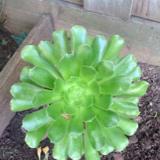
I new added a "Echeveria Secunda Glauca" in my "garden"
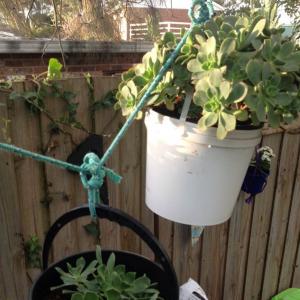

1
0
Penney:Very nice
成长记
Succulentsister
2017年08月27日

I new added a "String of pearls" in my "garden"


2
0
Penney:never seen one flower, thanks for sharing !!







